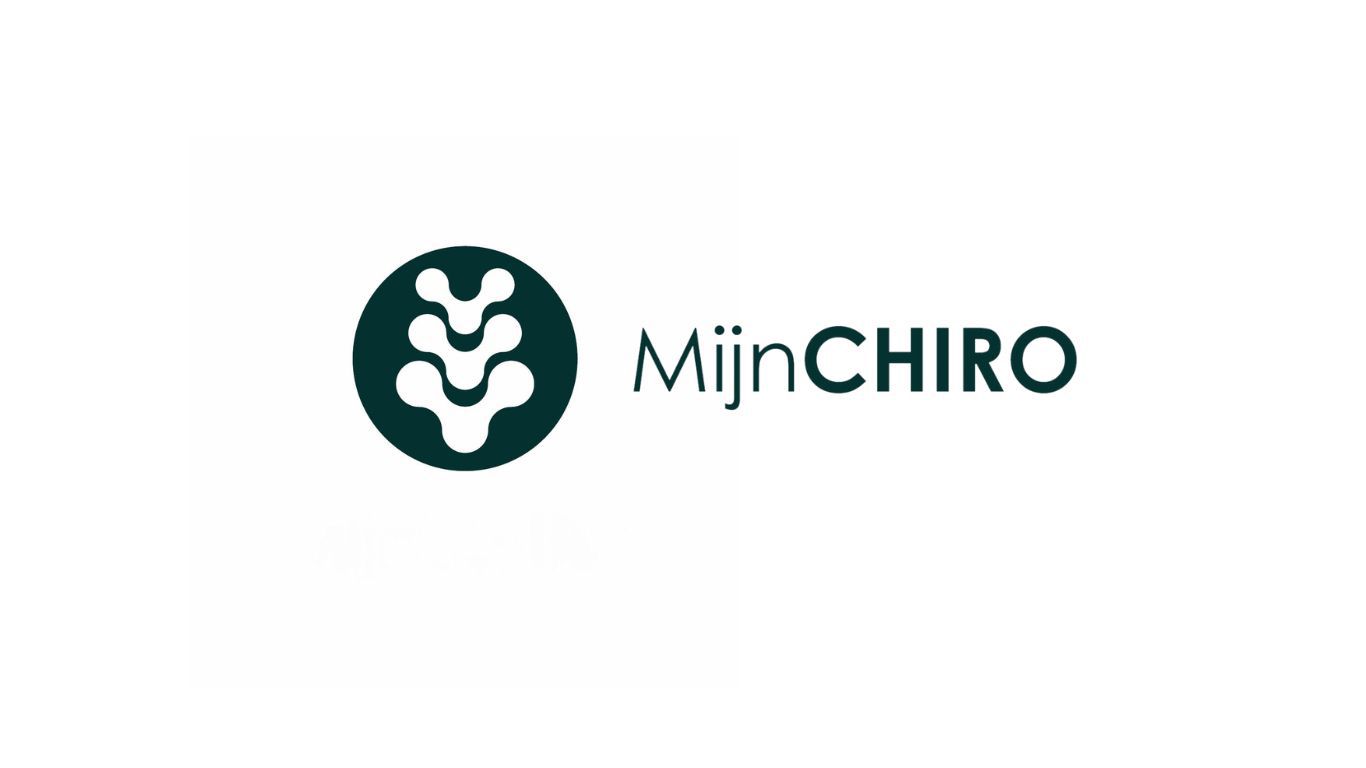The Intricate Connection: Cervical and Scapula Pain
- Adam Cullinan

- Mar 18
- 1 min read
The human body is a marvel of interconnected systems, where a change in one area can impact another, seemingly unrelated part. One such fascinating connection exists between the cervical vertebrae and the shoulder blade region.
Our neck, or cervical spine, consists of seven vertebrae. These are the smallest but most flexible vertebrae, allowing us to move our head in various directions. Each vertebra is cushioned by discs and connected by facet joints, which are rich in nerves.
Sometimes, these nerves can become irritated or compressed due to factors such as poor posture, injury, or wear and tear. This condition, known as cervical radiculopathy, can cause pain, numbness, or tingling that radiates from the neck to the shoulder, arm, or hand.
But how does this relate to the shoulder blade region? The answer lies in the body's complex nerve network. The nerves that exit the cervical spine not only supply the neck and arms but also the area around the shoulder blades. When these nerves are affected, the brain can misinterpret the signals, leading to referred pain—discomfort felt in a location different from the actual problem area.
In the case of cervical radiculopathy, the brain may perceive nerve irritation occurring in the neck as pain in the shoulder blade region. This is why conditions affecting the cervical vertebrae can manifest as pain in the shoulder blade.
Understanding this intricate connection highlights the importance of holistic healthcare. Treating shoulder blade pain may require addressing issues in the neck, emphasizing the body's interconnected nature and the need for comprehensive chiropractic evaluation and treatment.



